Eight snare drum dampening and muffling tricks you can try for (almost) free
Dead snare drum sounds? If you like it then you’d better take the ring out of it
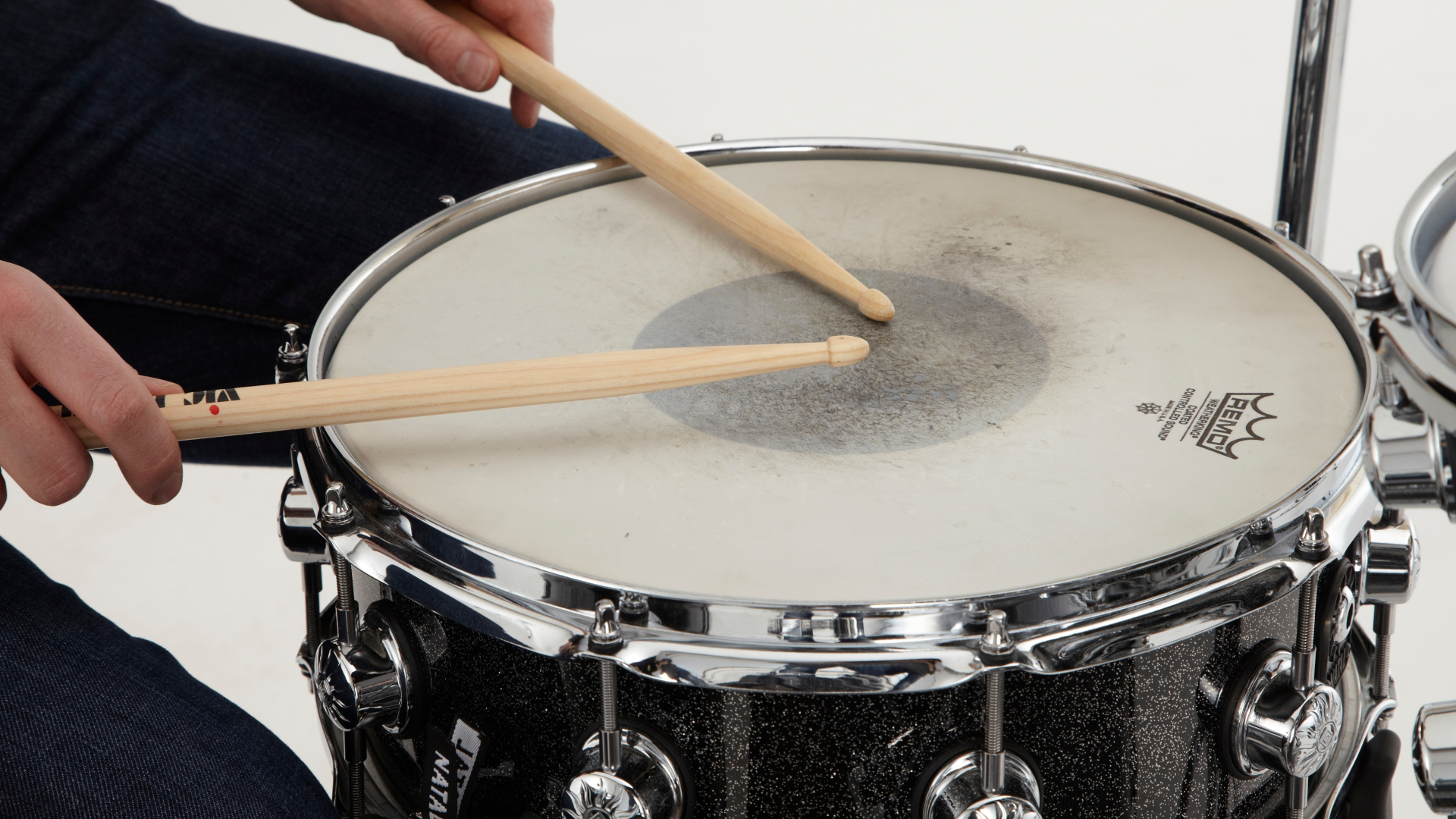
Our snare drum forms the backbone of our kit’s sound, and as such it’s one of the most frequently tweaked parts of our kit. It’s also one of the most dynamic and harmonically variable parts. Depending on the type of sound the music requires, it could be wide-open and ringy, or dead and thumpy, and in order to achieve the latter, we need to introduce some dampening to the drum.
Before we start, we should point out that while that loud, sustaining overtone might seem like a nuisance in a live context, it can also be your friend when it comes to helping your snare drum cut through the mix - particularly if you’re performing in an un-mic’d situation. The ring and sustain from the drum will give you some extra firepower against walls of loud guitars and keyboards.
Introduce a microphone, though - either live or in a recording environment - and suddenly it'll become much more noticeable. Chances are if you’re working with an engineer, they might want to reduce the amount of ring from the snare either as a stylistic or production choice as the overtones could create unwanted, distracting frequencies in the overall mix.
But, dampening your drums takes a little more than just plastering the top head with gaffer tape. For the most part, we’re aiming for control rather than overkill (although some cases do call for that too!). Here, we’ll go through some tricks that you can try for free - or almost free - using things you probably already own to getting your snare sound right, and when to use them.
1. Start with the tuning
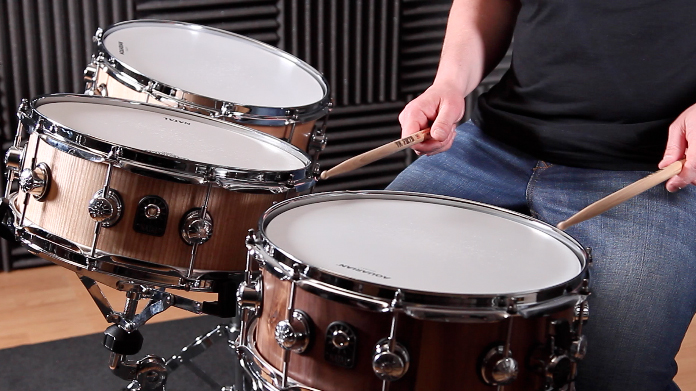
You might have already got your snare dialled-in with the batter head choice, pitch, rebound, snare head and snare wire tension that feels and sounds right, and simply want to make it more staccato by killing the ring. But if not, it’s a good idea to take a bit of time to understand how these elements interact and combine to create the entire sound of your snare drum.
A thinner, single-ply head will resonate more freely with a brighter sound with the trade-off being more overtones present in the sound. A dual-ply head will give you an inherently pre-dampened sound with fewer overtones from the start.
The tension of the top head of your snare is going to give you the biggest impact on the pitch and rebound of the drum. Unlike your toms, the bottom head has less of a bearing on this due to the muting that’s introduced by the snare wires. However, the bottom head really comes into play in relation to the snare wires themselves.
Want all the hottest music and gear news, reviews, deals, features and more, direct to your inbox? Sign up here.
With greater tension on the snare-side head, (even if you’re looking for a lower-pitched snare sound), you’ll introduce more snap and response from the snare wires. Meanwhile, the wires themselves can be put under greater or lower tension via the strainer.
Experimentation is key, because with both heads at higher tensions, and taught snare wires to match, you run the risk of choking the drum. Likewise, a high-pitched snare with less tension on the wires will add sustain to your overall sound, but with less immediacy from the snares. Use an appropriate drum for the sound you’re going for, with smart choice of heads, get the tuning in the correct ballpark and go from there.
2. Gaffer tape
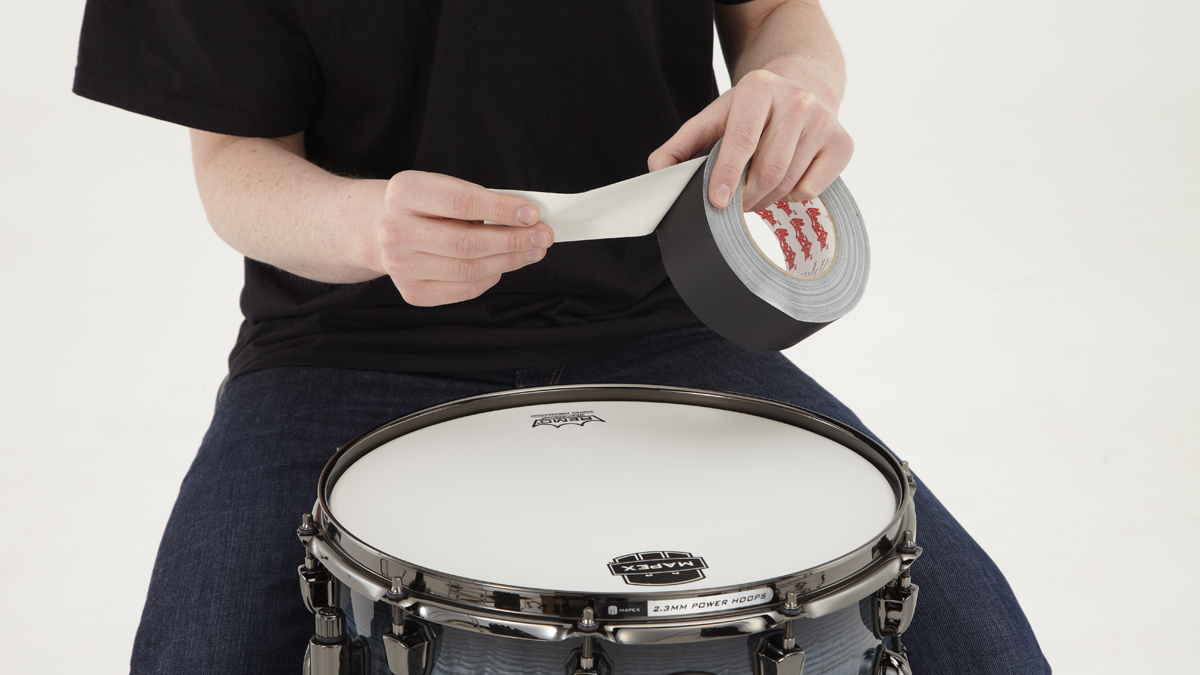
A roll of gaffer tape is the investment that keeps on giving. From temporary fixes, to health and safety precautions, to silencing your least favourite bandmate, it’s a versatile and cheap solution for most things, including sorting out your snare sound. While you could just tare off a strip of gaffer and place it like a band-aid on your snare head, there are multiple ways of applying it to tame the overtones.
Most common is creating ‘fins’, which allows for a little more focus in pressure to the area you stick the tape. Pinch the middle of your piece of gaffer to create a fin-like point towards the middle of the tape’s length, stick each edge to the drum, and that’s it!
Need to remove a bit more ring? Simply make another fin and position it on the head.
3. Well, gel

One of the most common pre-made dampening solutions is a gel. These little rectangles or dots are made by various brands - MoonGel, Remo Crown Control, Evans EQ Pods, SlapKatz, Meinl Drum Honey - there are plenty of options.
They all work in the same way and achieve a similar result to gaffer tape fins, but gel is quicker to apply and remove, looks less intrusive/more professional, won’t leave glue residue on your drum head and is re-usable.
The same concept applies - add a gel to kill some of the ring and keep adding them until you have your snare at the desired level of muting. You might find your gels pick up lint, chippings from your drumsticks and other stage crud over time. If so, some warm soapy water will get rid of the muck and replenish the gel’s tack.
4. Show me the money!

Assuming you own a wallet, this is another free solution that was tried and tested by Motown greats, and can also get you out of an overtone bind if you find yourself on a house or rehearsal kit without tape or gels. Take your wallet, put it on the snare and you’re done. It’s that easy.
Obviously there’s a lack of control (beyond adding/removing cash from your wallet) and depending on the size of your drum, you might eat-up some prime playing real estate. It’s simple and crude, but it’s free and it works.
5. Two heads are better than one
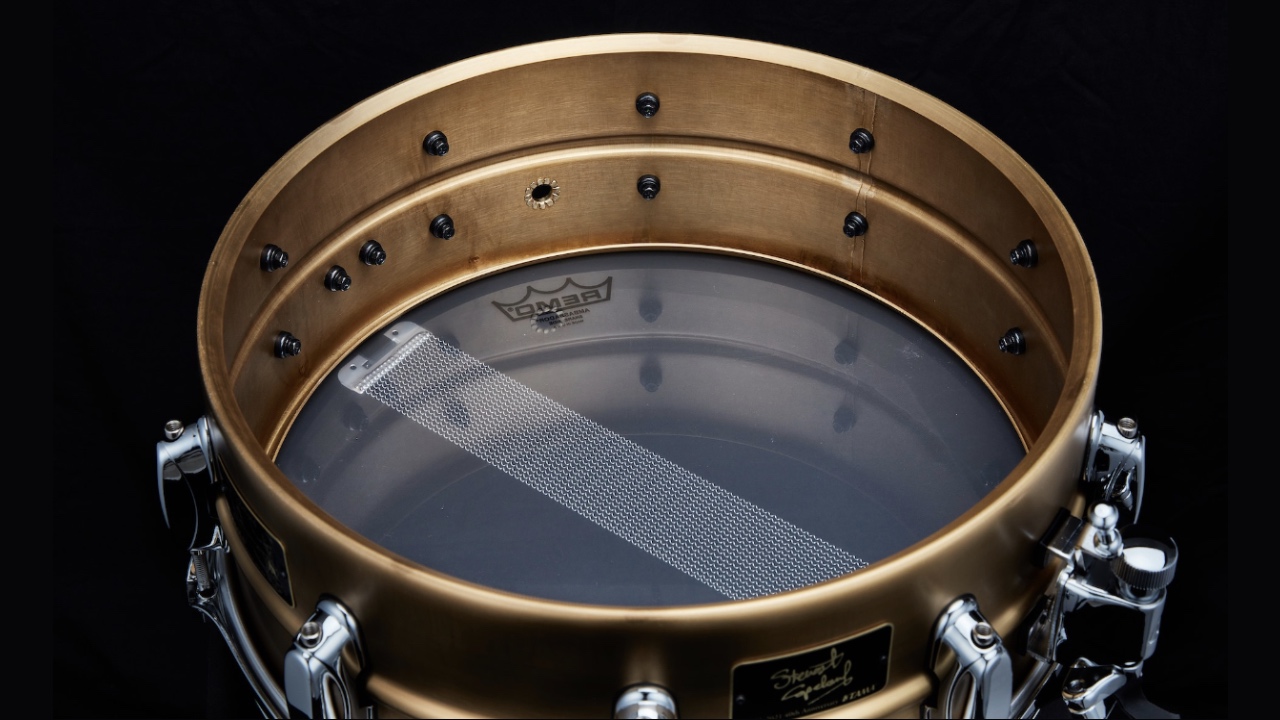
Next time you replace a drum head (it doesn’t even have to be from your snare), rather than frisbee-ing it trash-wards, put it to one side. Why? Because while you might think that the dimpled, played-out and possibly even split drum head has met the end of its useful life, you can still find a purpose for it!
Another well known trick for dampening is one, and it’s as simple as the wallet solution. Take the drumhead, turn it upside-down and put it on your snare drum. If it happens to be the same diameter as your drum then even better - you’ve just covered the entire surface area of your batter head with a dampening material. The added mass from the metal counterhoop will help to keep things dead while giving you a slight drop in pitch.
Don’t have an old head? Big Fat Snare Drum produces a range of products which work off the same principle, and will give you a classic dead snare sound with the same added perceived pitch drop. Ideal if you’re after a huge rock sound that’s free of overtones.
There is a trade-off with the ‘old drum head’ method of dampening, though, and it comes through the rebound. Because you’re now hitting a surface that isn’t under tension, it’ll act as a cushion and while you can still get stick rebound, you’ll have to work a bit harder for it.
6. Recycle: Part Two
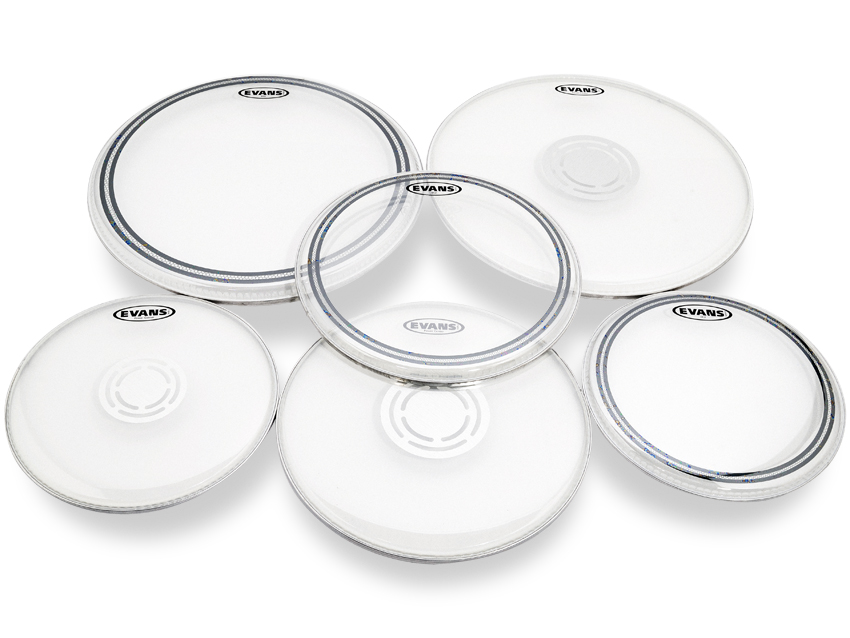
A number of drum head companies make a less exaggerated version of the Big Fat Snare Drum mutes, and the simplest way is to just buy some, but we're looking at tips that are free - or almost free. Essentially, these are single plies of drum head Mylar cut into a hoop shape, with a thickness around the perimeter of about an inch. So, once again, if you keep your old snare batter heads, you can make your own.
Start with a head that’s the same size as your drum. Take a sharp craft knife and cut the edge where it’s formed to your drum’s bearing edge. Next, move in an inch or two and cut out a circle so that you’re left with a hoop. Now you can place your new mute on the snare quickly to go from open to dampened in a second.
As an extra bonus, keep the remainder of the drum head material and you can use it to cut strips that will work as snare wire tapes in an emergency!
7. Time for Tees
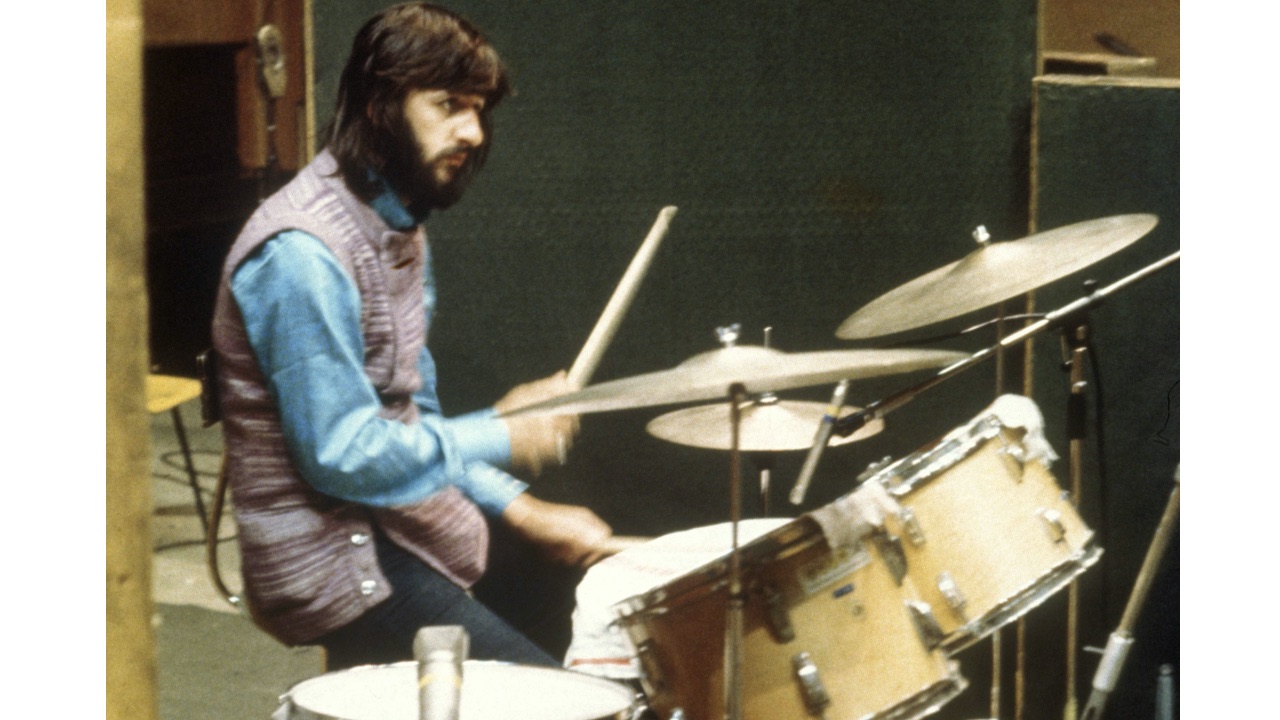
There’s taming overtones, and then there’s going for the most dead, dry sounding snare possible. This is the way to achieve the latter - think Ringo Starr, Mick Fleetwood and pretty much anything from the mid-late 70s - it’ll also extend nicely to disco, dub and beyond!
To remove all of the ring from your snare, take some fabric (Ringo used tea-towels, but a cloth or t-shirt work just as well) and place it over the batter head. You’ll face the same problem as the ‘old head’ method when it comes to stick rebound, but if you want to overcome this, you can try only partially covering the batter head with the fabric. This way you’ll still have enough of the soft material soaking up the vibrations, but it’ll leave you free to still hit the drum head at whatever tension you’ve set it at.
If you’re recording with this sound under the microscope of a microphone, it’s important to realise that the snare is now likely to be devoid of sustain. This means that other rattles and noises from the snare wires and snare-side head will no longer be masked as heavily as they normally would, so pay attention to their tension and listen out for any unwanted sounds.
8. Get Luggy
This final hack will have purists throwing drum keys at their computer screens, and while we wouldn’t endorse doing it all of the time, it is a quick way of dropping your snare in pitch and killing the overtones while you’re at it, and all you need is a drum key.
An old studio trick to remove overtones from a snare drum involves detuning one or more lugs of the drum - the pitch drops, the vibrations break-up and boom, less ring.
In the video above, Udo Mashoff of Mashoff Drums demonstrates the concept in a more scientific way, showing how you can take a snare drum from a cranked, ringing tuning to dry and dead with a few turns of your key. The idea being that if you require both sounds from the same drum at different points in your set, you can make some quick adjustments to transform the sound.
It flies in the face of everything you’ve ever been told about even tension across a drum head, but it definitely works!

Stuart has been working for guitar publications since 2008, beginning his career as Reviews Editor for Total Guitar before becoming Editor for six years. During this time, he and the team brought the magazine into the modern age with digital editions, a Youtube channel and the Apple chart-bothering Total Guitar Podcast. Stuart has also served as a freelance writer for Guitar World, Guitarist and MusicRadar reviewing hundreds of products spanning everything from acoustic guitars to valve amps, modelers and plugins. When not spouting his opinions on the best new gear, Stuart has been reminded on many occasions that the 'never meet your heroes' rule is entirely wrong, clocking-up interviews with the likes of Eddie Van Halen, Foo Fighters, Green Day and many, many more.